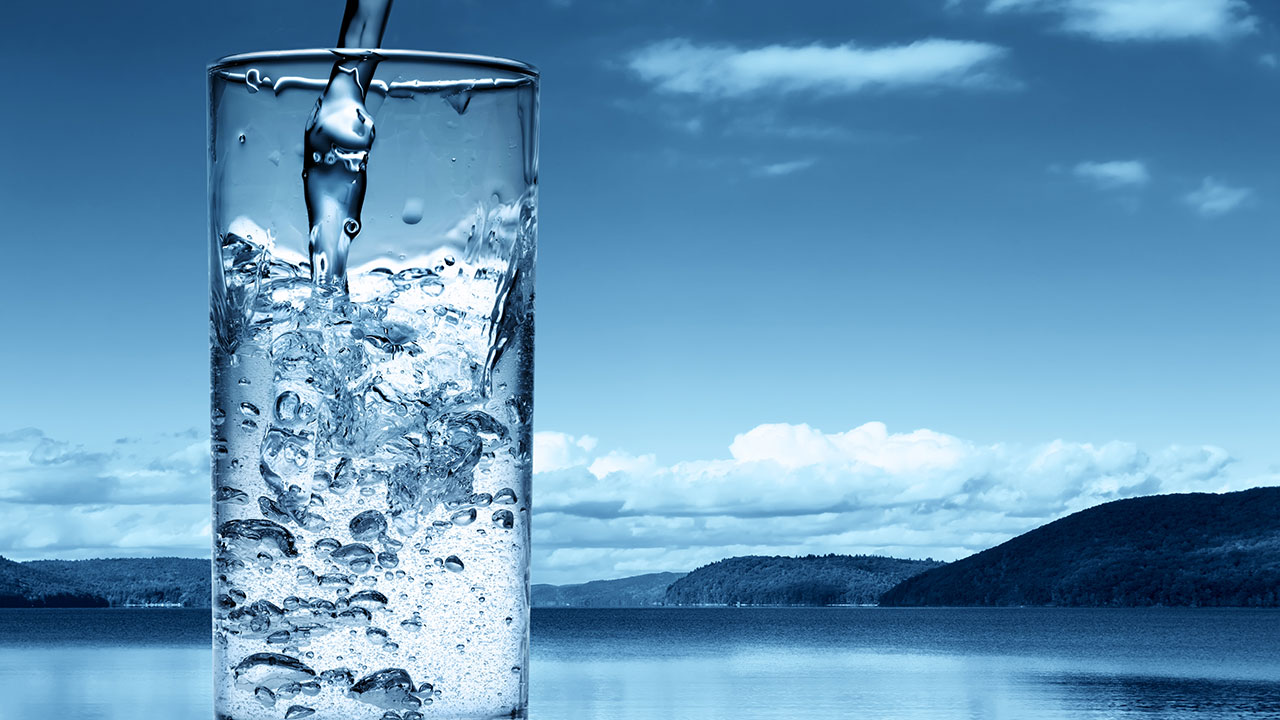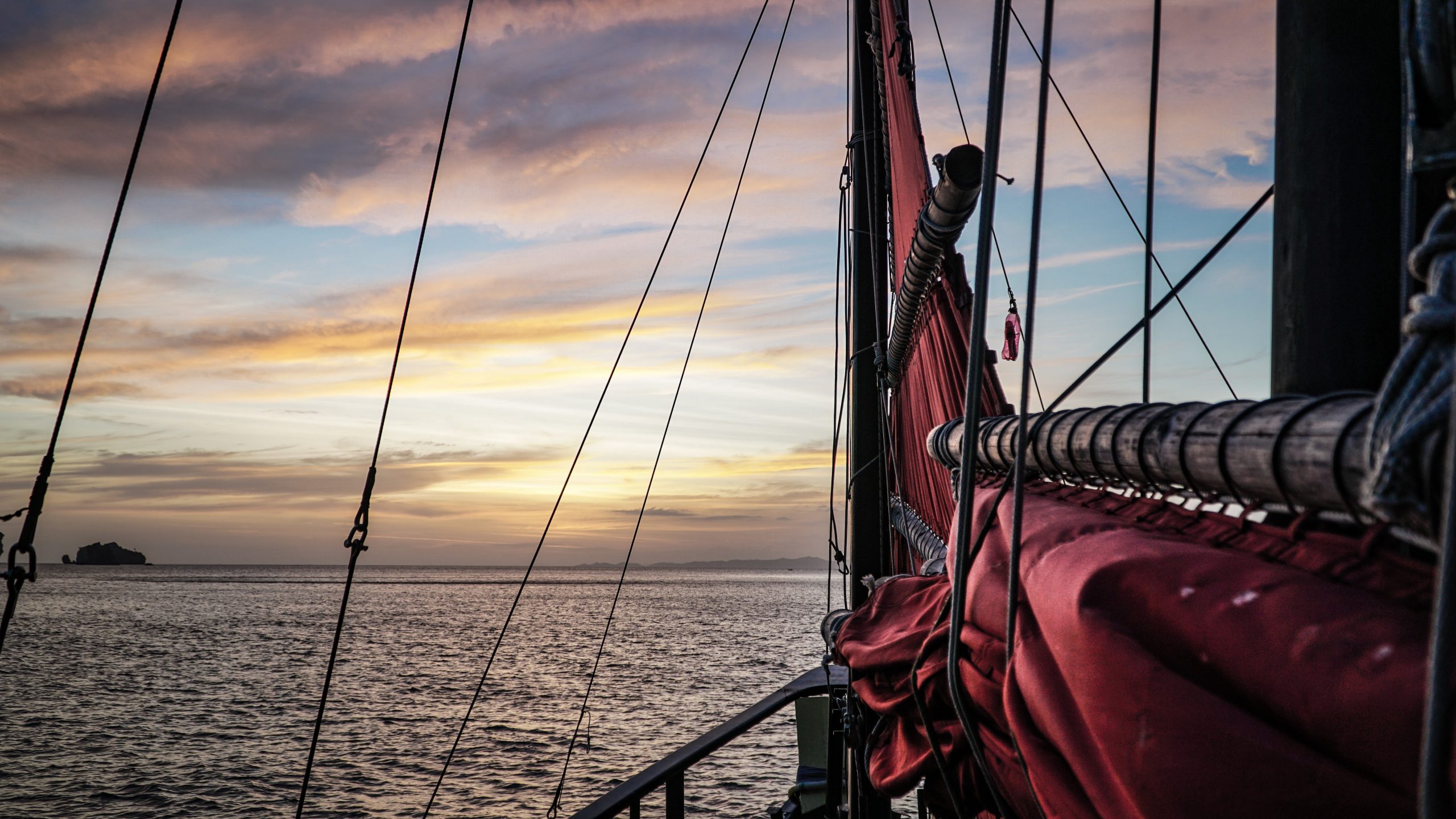Table of Contents
The Golden Age of Piracy
The Golden Age of Piracy, spanning from the late 17th century to the early 18th century, is often romanticized in popular culture. This era saw the rise of notorious pirates like Blackbeard, Calico Jack, and Anne Bonny, who terrorized the seas from the Caribbean to the Indian Ocean. But what was life really like for these seafaring outlaws? Central to their existence was the element that surrounded them: water.
The Harsh Realities of Life at Sea
The Importance of Fresh Water

Contrary to the adventurous depictions in movies and books, life on a pirate ship was fraught with hardship. One of the most critical challenges was securing fresh water. Pirates, like all sailors, needed a steady supply of potable water to survive. Ships would often carry barrels of water, but these were prone to contamination. As the journey progressed, water would become brackish, leading to diseases like dysentery and scurvy.
The Process of Collecting Water
Pirates had to be resourceful in their quest for fresh water. They would collect rainwater using sails and tarpaulins, a practice that required careful attention to cleanliness to prevent contamination. Another method was to stop at islands and coastal areas to refill their barrels. These stops were risky, as they could lead to encounters with naval patrols or hostile locals.
Navigating the Seas
The Role of Water in Navigation
Water wasn’t just a survival necessity; it was also a crucial element in navigation. Pirates relied on their knowledge of currents, tides, and weather patterns to plot their courses. The Gulf Stream, for example, was a well-known current that pirate water used to their advantage for faster travel across the Atlantic. Navigational tools like the astrolabe and the compass, along with detailed charts, were indispensable for successful voyages.
The Dangers of the Sea
The open sea was a dangerous place, filled with natural hazards such as storms, rough seas, and treacherous reefs. Pirates needed to be skilled sailors to navigate these waters successfully. Shipwrecks were a constant threat, and many a pirate met their end not in battle but in the unforgiving embrace of the ocean.
The Pirate Ship A Floating Fortress
Types of Pirate Ships

Pirate ships came in various shapes and sizes, each suited to different types of piracy. Sloops and schooners were favored for their speed and maneuverability, making them ideal for quick raids and escapes. Larger vessels like frigates were used for more substantial operations, capable of carrying more men and firepower.
Life Aboard the Ship
Life aboard a pirate ship was both harsh and democratic. Unlike naval vessels, pirate ships operated on a quasi-democratic system. Crews would elect their captains and have a say in major decisions. The ship’s articles, a set of rules agreed upon by the crew, governed everything from the division of loot to the punishment for infractions. Despite the camaraderie, the living conditions were cramped and unsanitary, with disease and malnutrition being constant threats.
The Pirate Code
Articles of Agreement
The Pirate Code, or Articles of Agreement, was a set of rules that governed the conduct of pirates. These rules varied from ship to ship but generally covered aspects such as the division of loot, compensation for injuries, and the resolution of disputes. The code emphasized fairness and equality among the crew, with everyone receiving an equal share of the plunder and compensations for those injured in battle.
Discipline and Punishment
Despite their lawless reputation, pirate water enforced strict discipline on their ships. Infractions such as theft, desertion, or disobedience were met with severe punishments, including marooning, flogging, or even death. This strict code of conduct was necessary to maintain order and ensure the survival of the crew in the harsh conditions of pirate water life.
The Pursuit of Treasure
The Reality of Pirate Loot
The popular image of pirates amassing vast hoards of gold and jewels is largely a myth. While there were instances of significant treasure hauls, most pirate loot consisted of more mundane items such as food, clothing, weapons, and trade goods. These items were crucial for the survival and operation of pirate crews, who often struggled to obtain supplies.
Famous Pirate Treasures
Despite the practical nature of most pirate loot, there are legendary tales of buried treasures that have captured the imagination of treasure hunters for centuries. The most famous of these is the treasure of Captain Kidd, who was rumored to have buried a vast fortune on Gardiner’s Island off the coast of New York. While much of this treasure remains undiscovered, these stories continue to fuel the allure of pirate lore.
Pirate Havens and Strongholds
The Caribbean: A Pirate’s Paradise
The Caribbean was the epicenter of pirate activity during the Golden Age of Piracy. Its numerous islands and hidden coves provided ideal hideouts for pirate crews. Ports like Nassau in the Bahamas and Tortuga off the coast of Haiti became notorious pirate havens, where ships could be repaired, and supplies restocked.
The Indian Ocean and the Red Sea
While the Caribbean is often associated with piracy, the Indian Ocean and the Red Sea were also hotspots for pirate activity. Pirates like Henry Every and Thomas Tew targeted the lucrative trade routes of the East India Company, plundering richly laden ships bound for Europe. The island of Madagascar served as a strategic base for these pirate water offering a safe haven far from the reach of European navies.
The Decline of Piracy
Increased Naval Patrols
The decline of piracy in the early 18th century can be attributed to several factors. One of the most significant was the increased presence of naval patrols. European powers, recognizing the threat posed by pirates to their colonial and trade interests, stepped up their efforts to hunt down and eliminate pirate water crews. Notable figures such as Woodes Rogers, the governor of the Bahamas, played a crucial role in these anti-piracy campaigns.
Changes in Trade and Navigation
Changes in global trade and navigation also contributed to the decline of piracy. The establishment of more secure trade routes, along with advances in naval technology, made it increasingly difficult for pirates to operate effectively. Additionally, the decline of colonial conflicts in the Caribbean reduced the opportunities for piracy, as naval resources were no longer stretched thin by war.
The Legacy of Piracy
Cultural Impact
Despite its relatively short-lived era, the legacy of piracy has left an indelible mark on popular culture. Books like “Treasure Island” by Robert Louis Stevenson and movies such as the “Pirates of the Caribbean” series have romanticized the image of pirate water turning them into enduring symbols of adventure and rebellion.
Modern Piracy
While the Golden Age of Piracy is long over, piracy continues to exist in various forms around the world. Modern pirates, often operating off the coast of Somalia or in the Strait of Malacca, use speedboats and automatic weapons to hijack ships and demand ransoms. The motivations and methods may have changed, but the underlying challenges of poverty and lawlessness remain.
Conclusion
Pirate water, the very essence of the buccaneer’s life, was a source of sustenance, a medium of travel, and a battleground for survival. The Golden Age of Piracy, with its mix of adventure, hardship, and rebellion, continues to captivate our imaginations. While the realities of pirate water life were harsh and often brutal, the spirit of these seafaring outlaws lives on in the tales and legends that endure to this day. Whether through stories of buried treasure or the ongoing struggles of modern pirates, the legacy of piracy and its intimate connection with the water remains a powerful and enduring part of our cultural heritage.
For More Information Please Visit These Websites viprow And vecteezy

